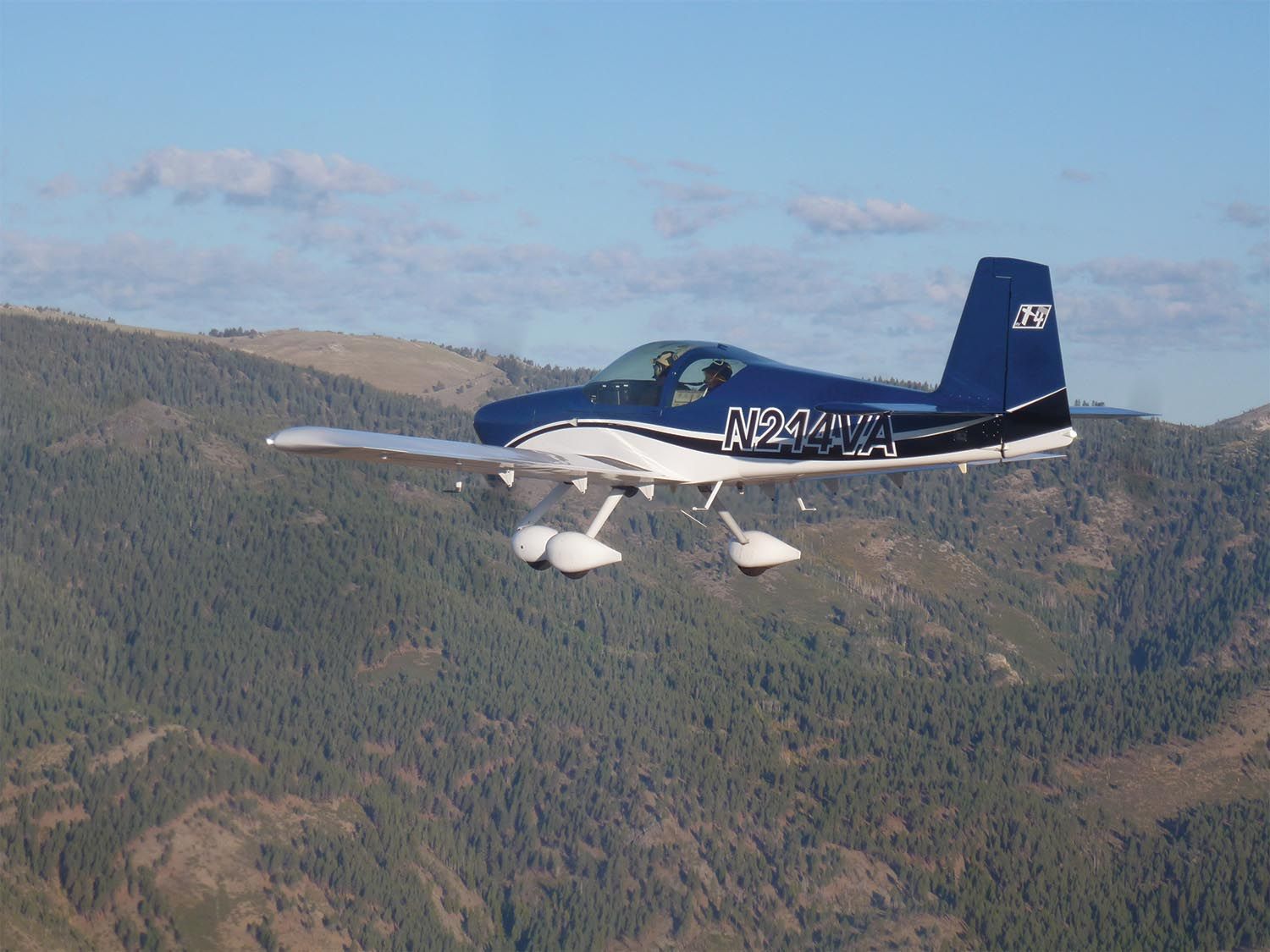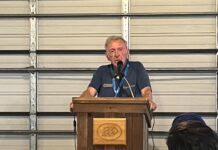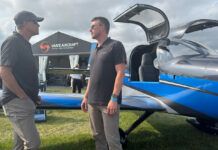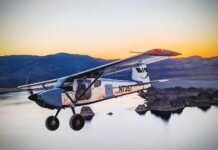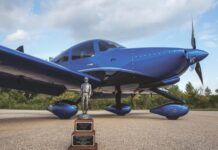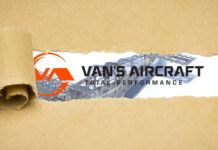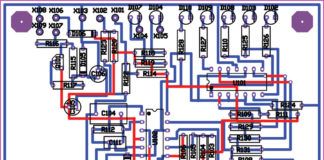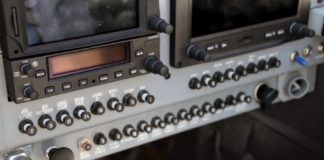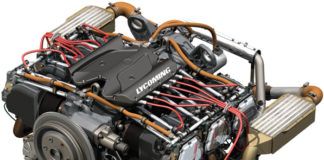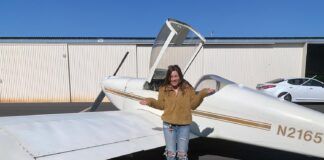A more powerful, lighter-weight variant of the angle-valve IO-390 has become available for the two-seat RV-14/A. Called the IO-390-EXP119, the engine is rated at 215 hp and provides, according to Van’s, a significant upgrade in performance over the standard-issue IO-390. Key features of the EXP119 are a lightweight cold-air induction system fitted with an Airflow Performance FM-200C fuel-injection servo. Between the new induction system and an RV-14-specific exhaust system, Van’s says power is up considerably over the regular IO-390 installation. (We have scheduled a test flight with Van’s and will report back our findings as soon as we can.)
The new configuration also saves weight via a 7-quart oil sump, aluminum induction pipes, a billet-housing oil pump and a revised accessory case that no longer has drive pads for the vacuum pump and tach drive. (These moves reflect the wholesale move toward electronic instruments in newer homebuilts.) There are also changes to the firewall-forward hardware, including a new cowling and a pilot-controlled “exhaust ramp cooling flap system.” All these changes drop 10 pounds from the engine, according to Van’s.
Performance changes? According to the company, “In Van’s testing conducted when the RV-14 was originally released, the aircraft equipped with the original standard engine – the IO-390A – was capable of a top speed of 203 mph at max gross weight. With the new 390-EXP119 engine, top speed in testing was measured at just over 216 mph. In the climb-rate department, aircraft with the 390A engine at solo weight climbed at 1800fpm. With the 390-EXP119 engine, the same aircraft performed at 2050fpm. Gross weight numbers were similarly improved, as shown in the table below. Take-off and landing tests with the new engine yielded significantly improved ground-roll measurements as well.”
Price for the engine and related FWF components has not been set but are expected by September 1.
Shift to Final-Size Holes on RV-10
Van’s is also in the process of updating the RV-10 kits to have final-sized holes in the components. Currently, the RV-10 is among the newer kits whose structure is almost entirely prepunched at the factory, which greatly speeds build time and creates an intrinsic alignment process that negates the need for jigs and fixtures. But these holes are not currently to final size, so there’s considerable effort on the part of the builder to mate the pieces, drill to final size, prepare the pieces and then rivet them together. Final-size matched holes will eliminate a great deal of work.
The company is “phasing in” this process and it won’t happen all at once, with the intention of completing the transfer by early 2021. That means kits shipped between now and then may have some components simply matched-hole and some with final-size holes. “During the transition period, customers may receive some portion of their parts with final-sized holes and others without. Van’s will mark delivered kit parts to make the builder aware whether each part needs to be final-drilled and deburred, or not. We will also include instructions for the builder explaining how to identify which kit parts are/are not final-sized,” the company says.
Van’s is not increasing kit prices for the new feature. For now, the final-size tech is standard on the RV-14 and RV-12iS kits, but the company says it “may consider the possibility of making this complex change for other kits at some point in the future as priorities, time, and workload permit.” Van’s has steadily upgraded its manufacturing capabilities over the years and the ability to prepunch to final size at scale is one of the benefits.

